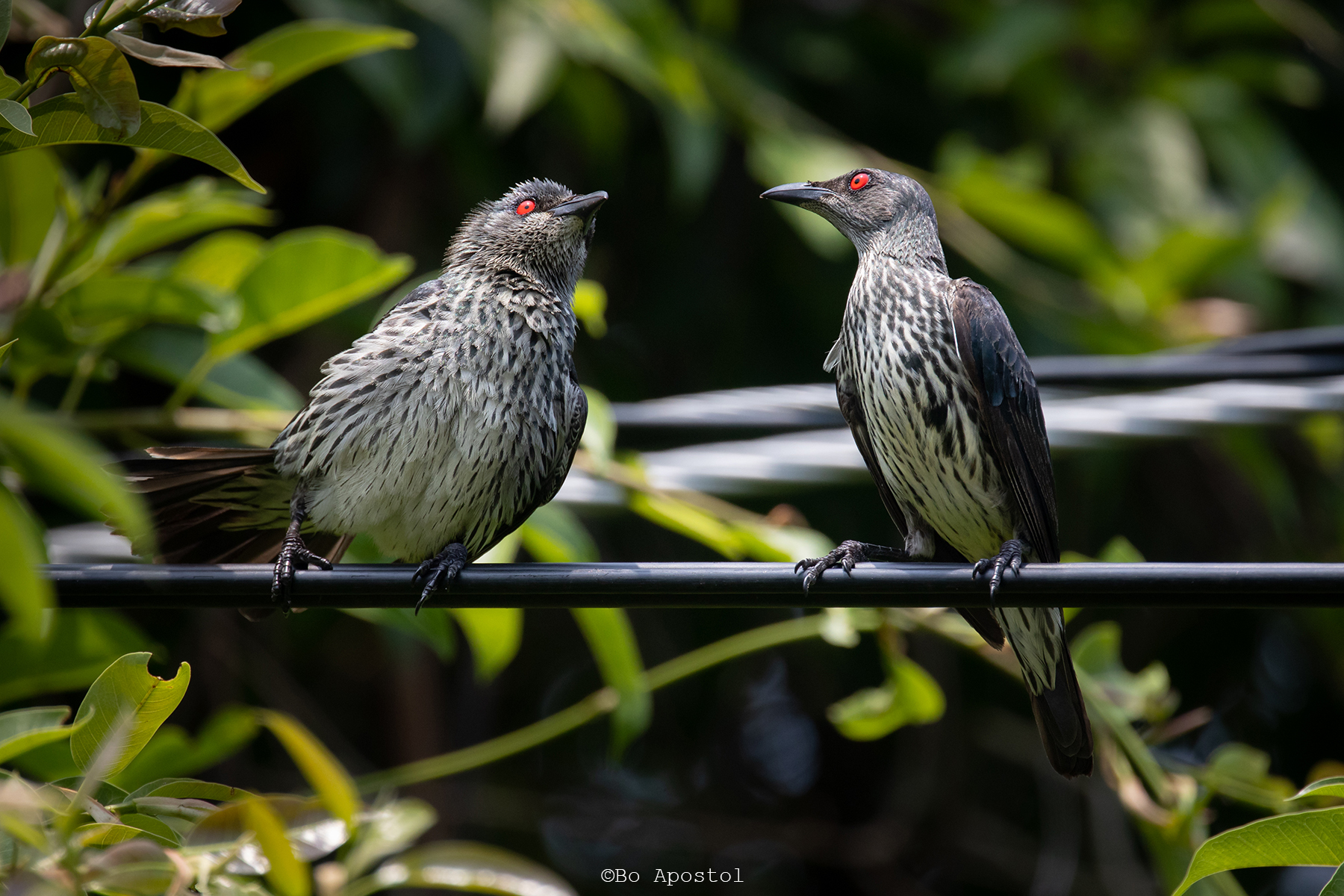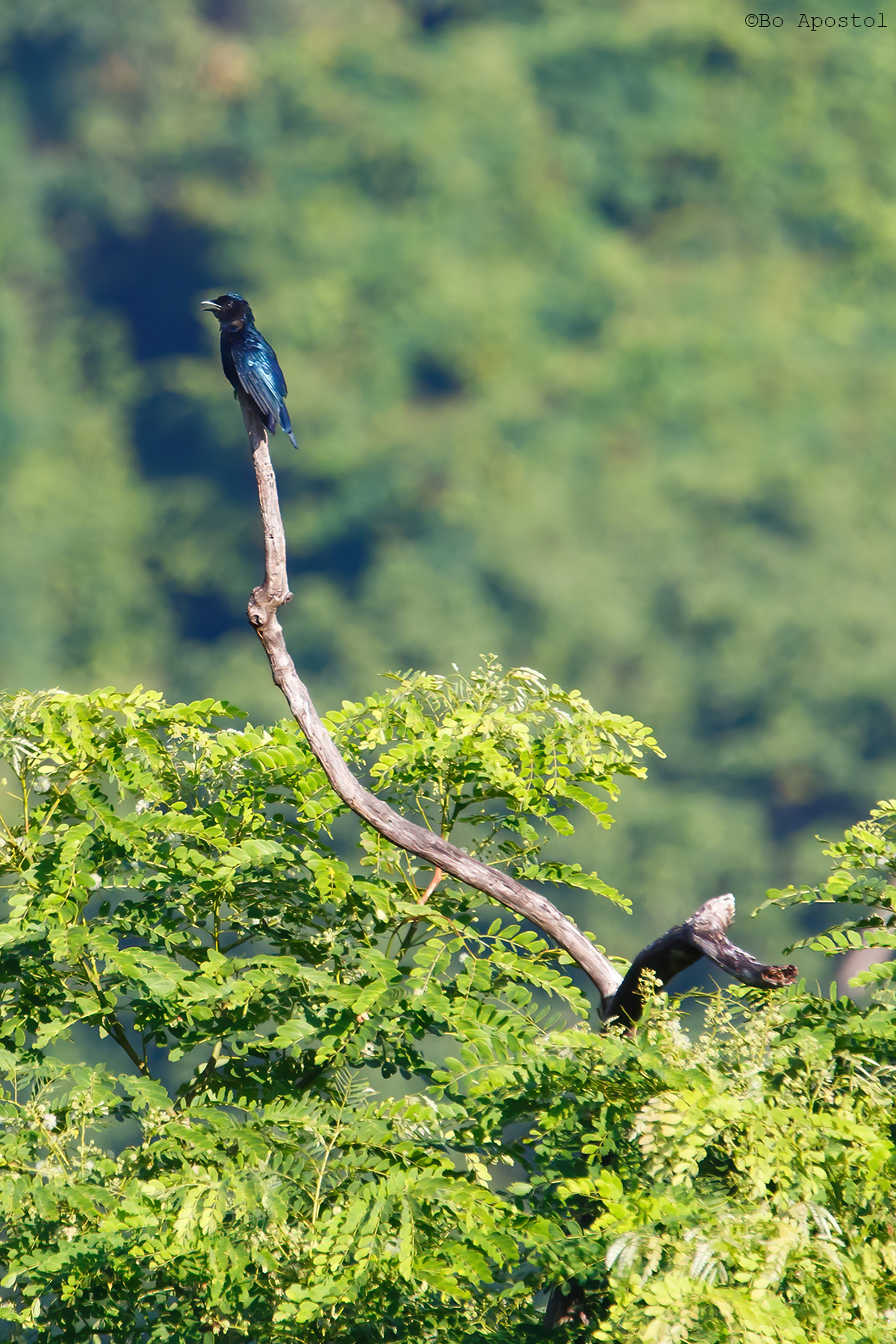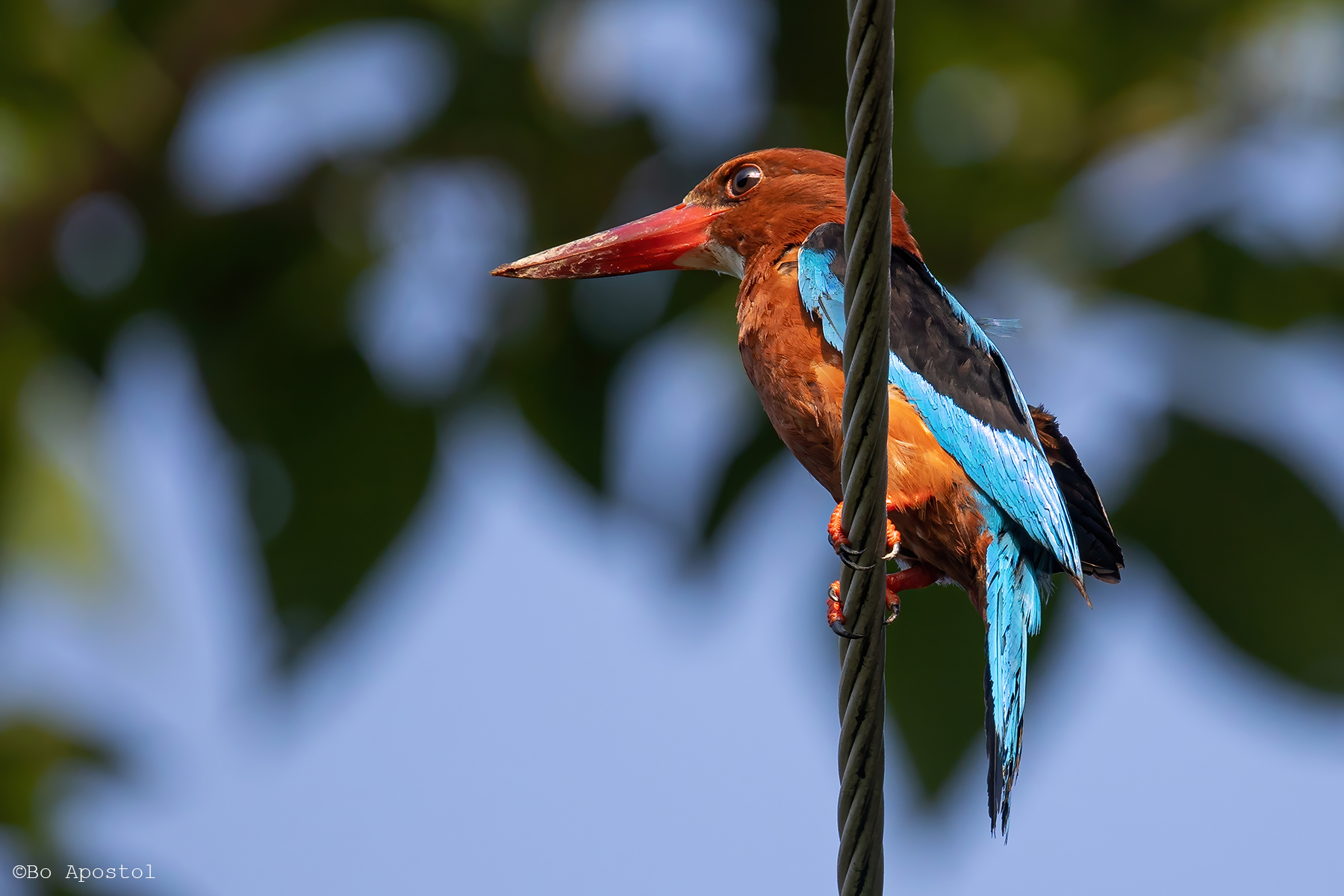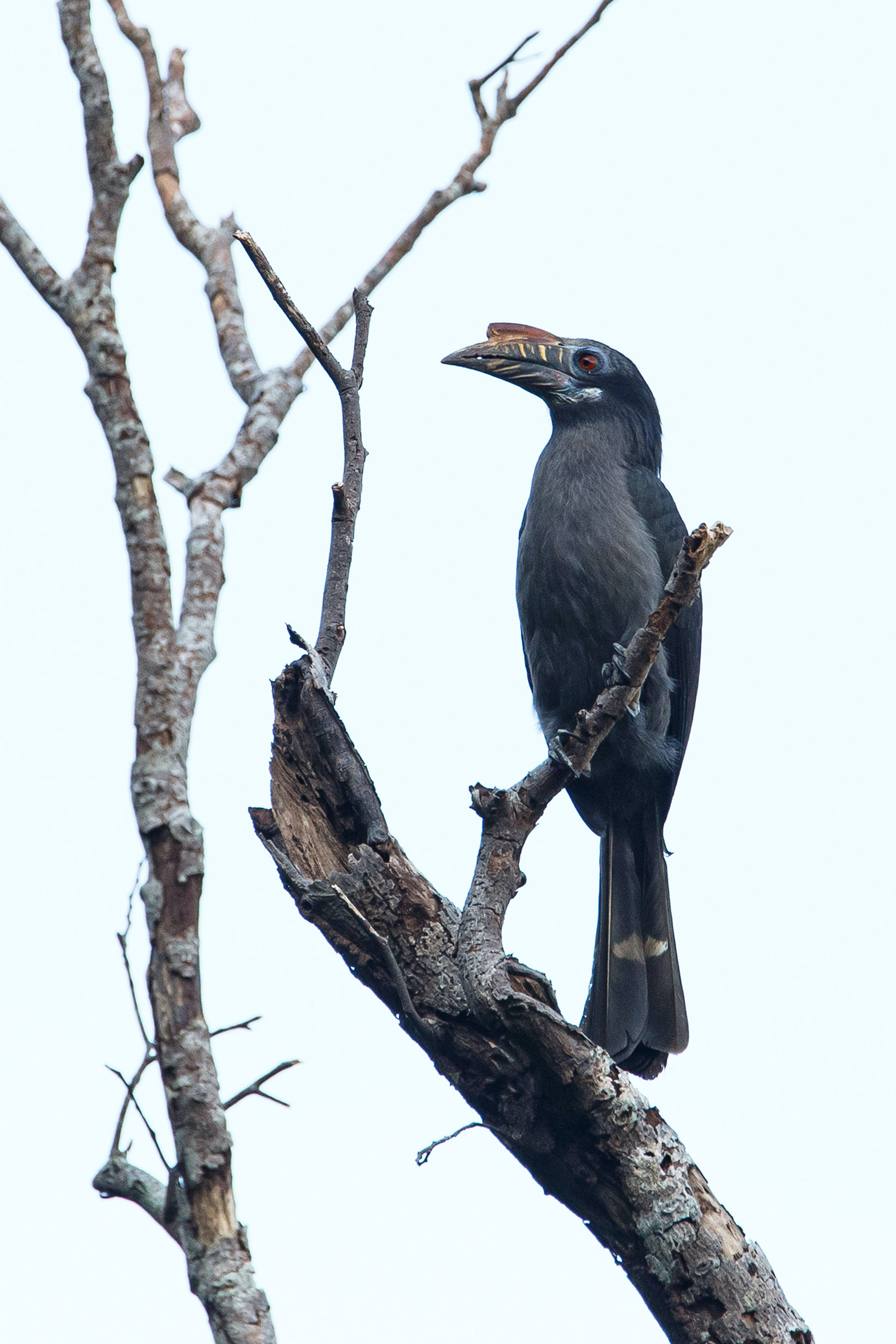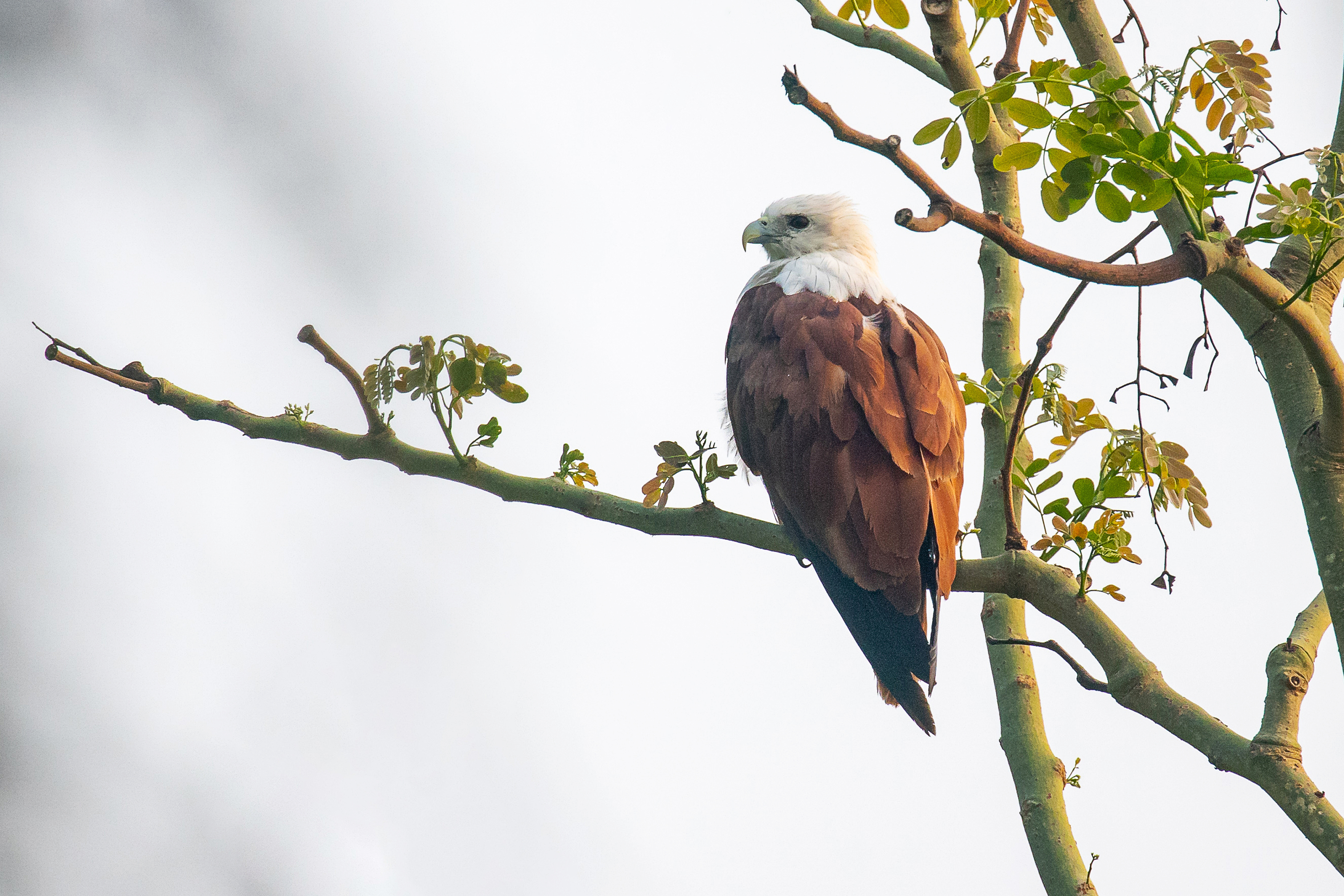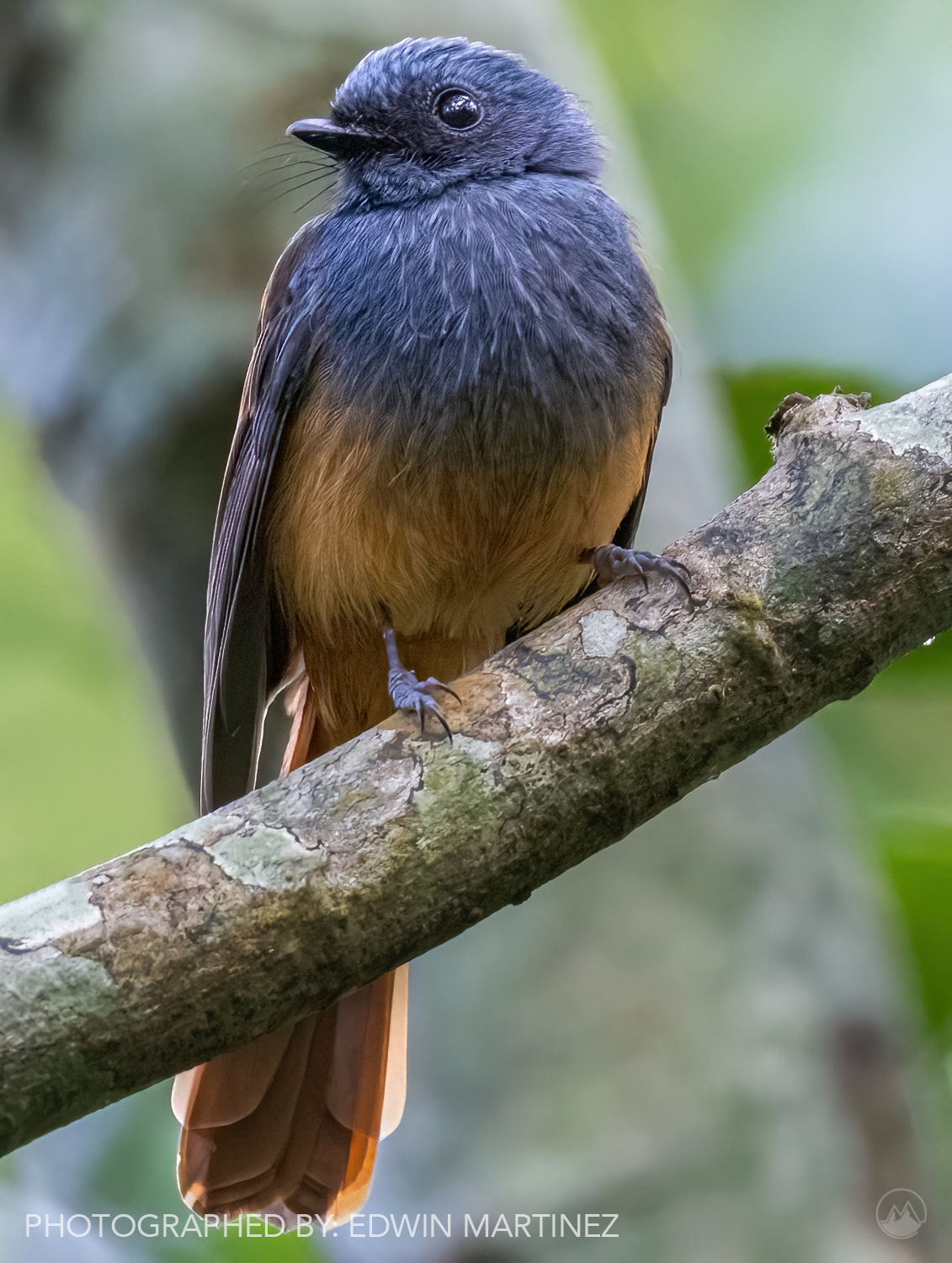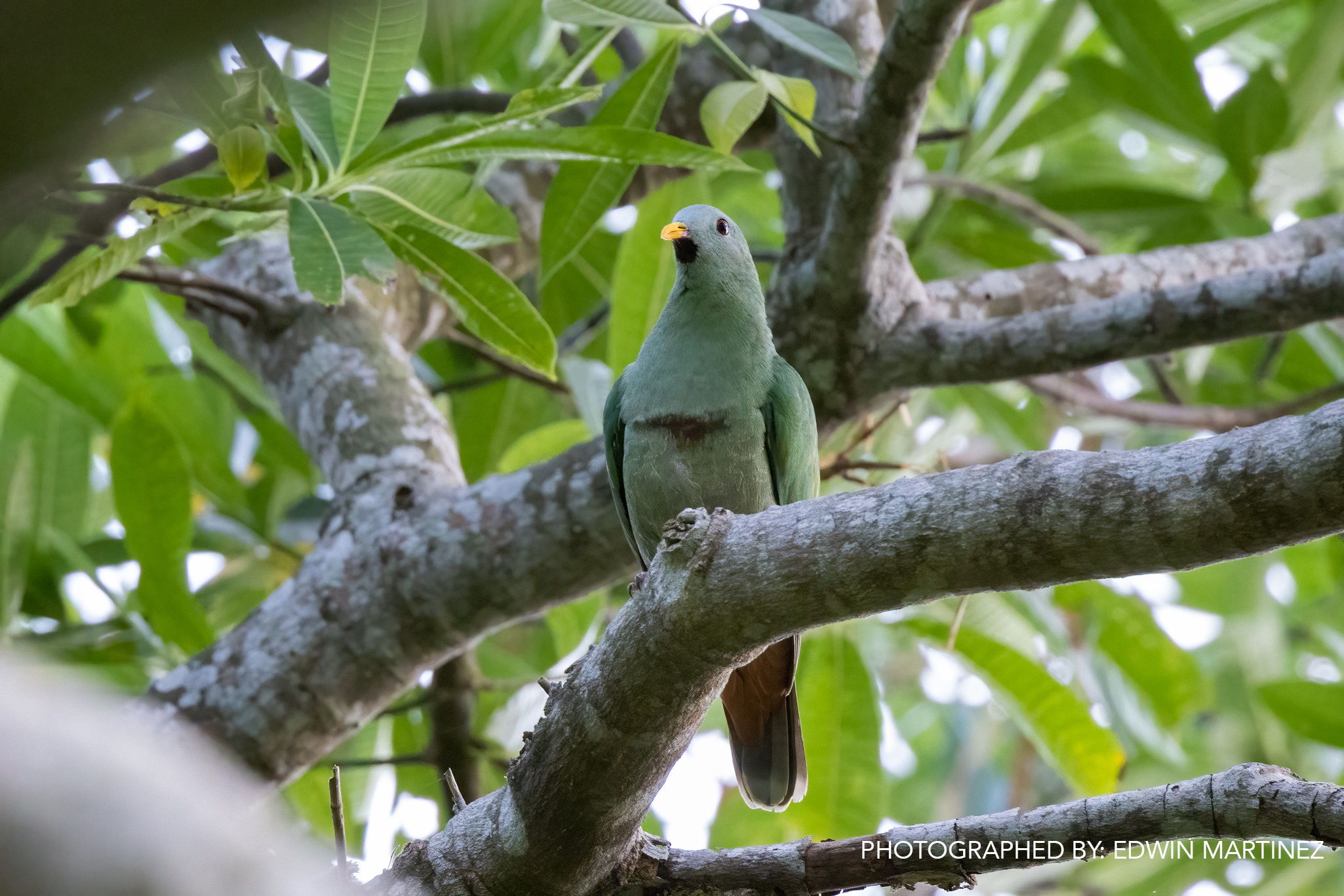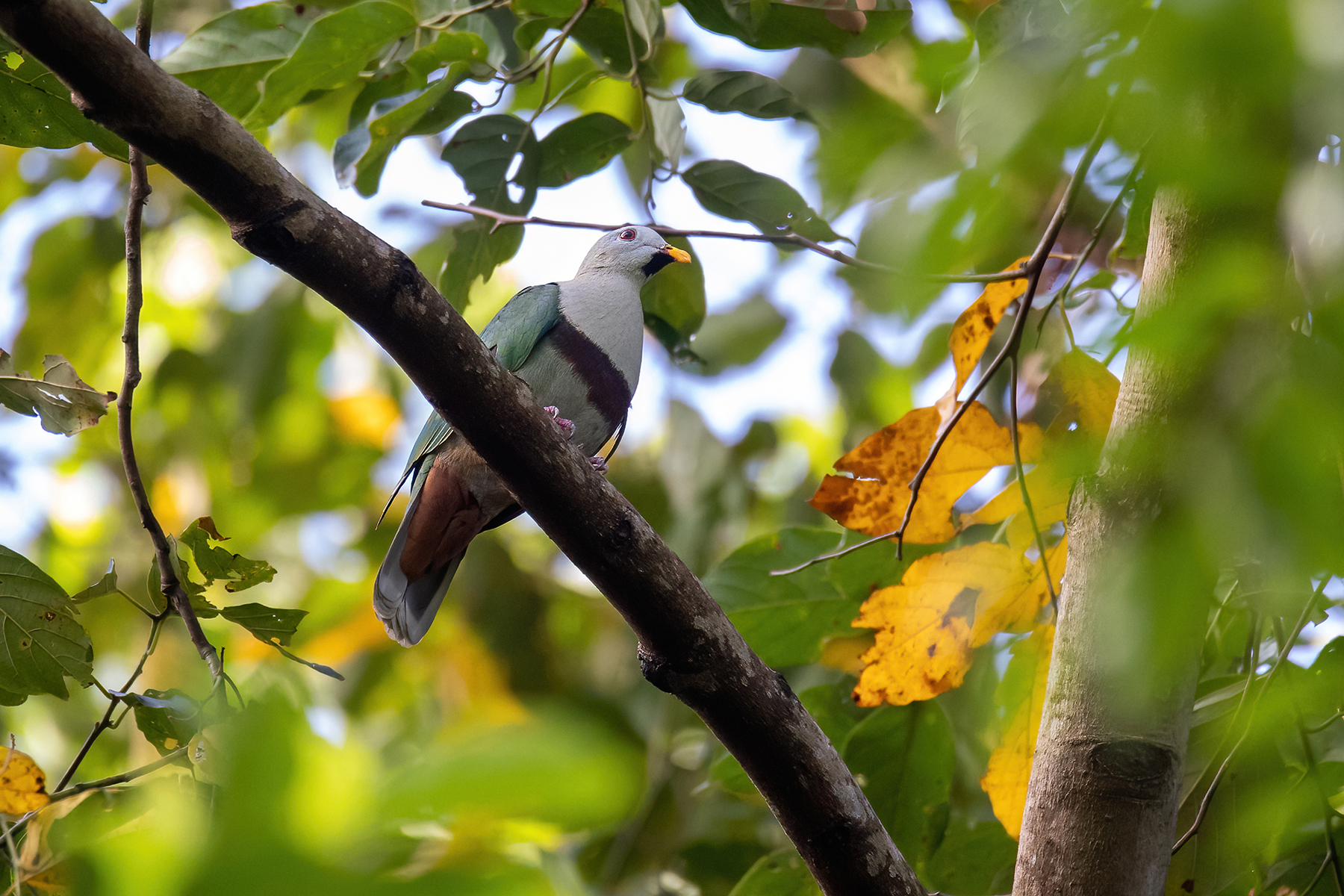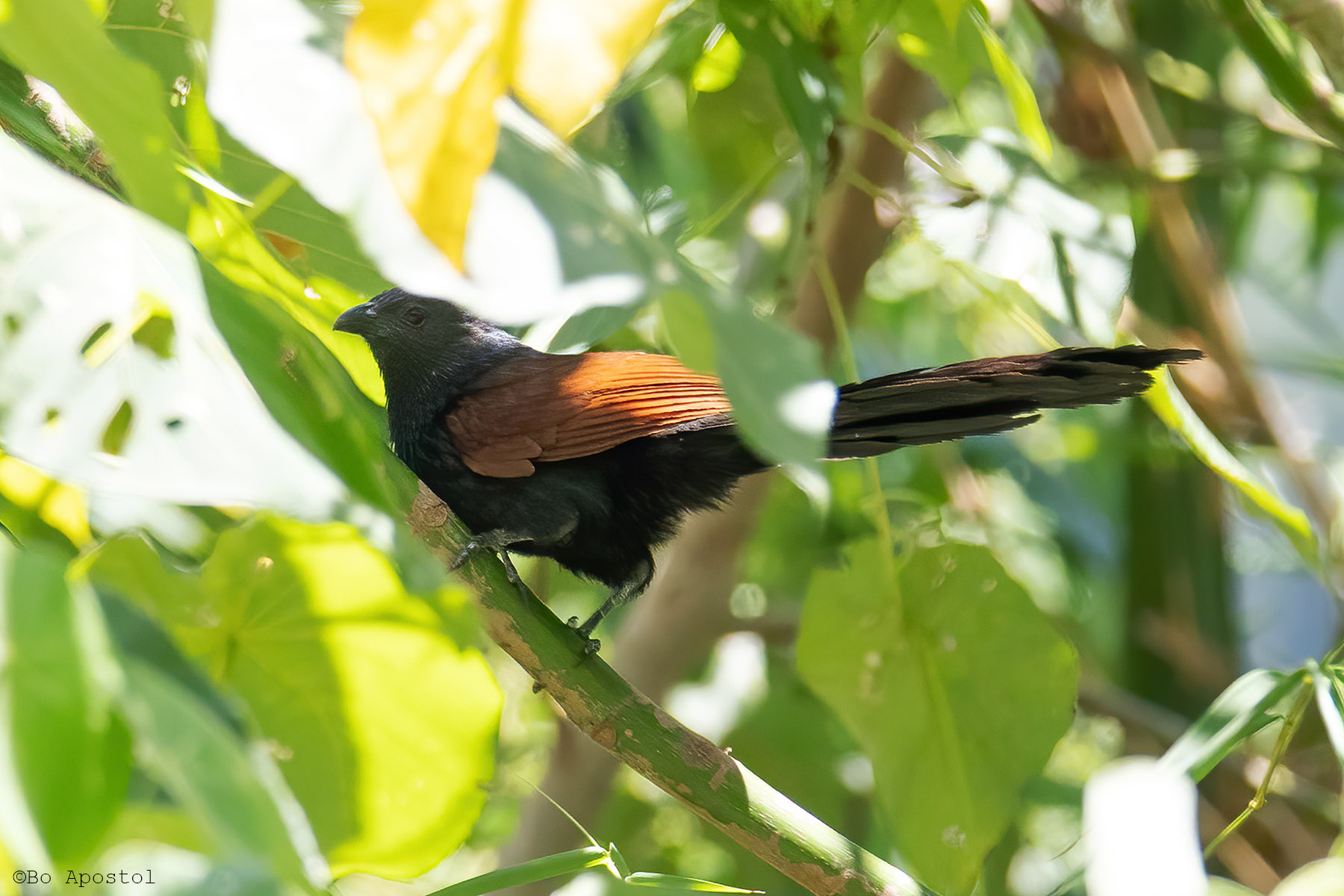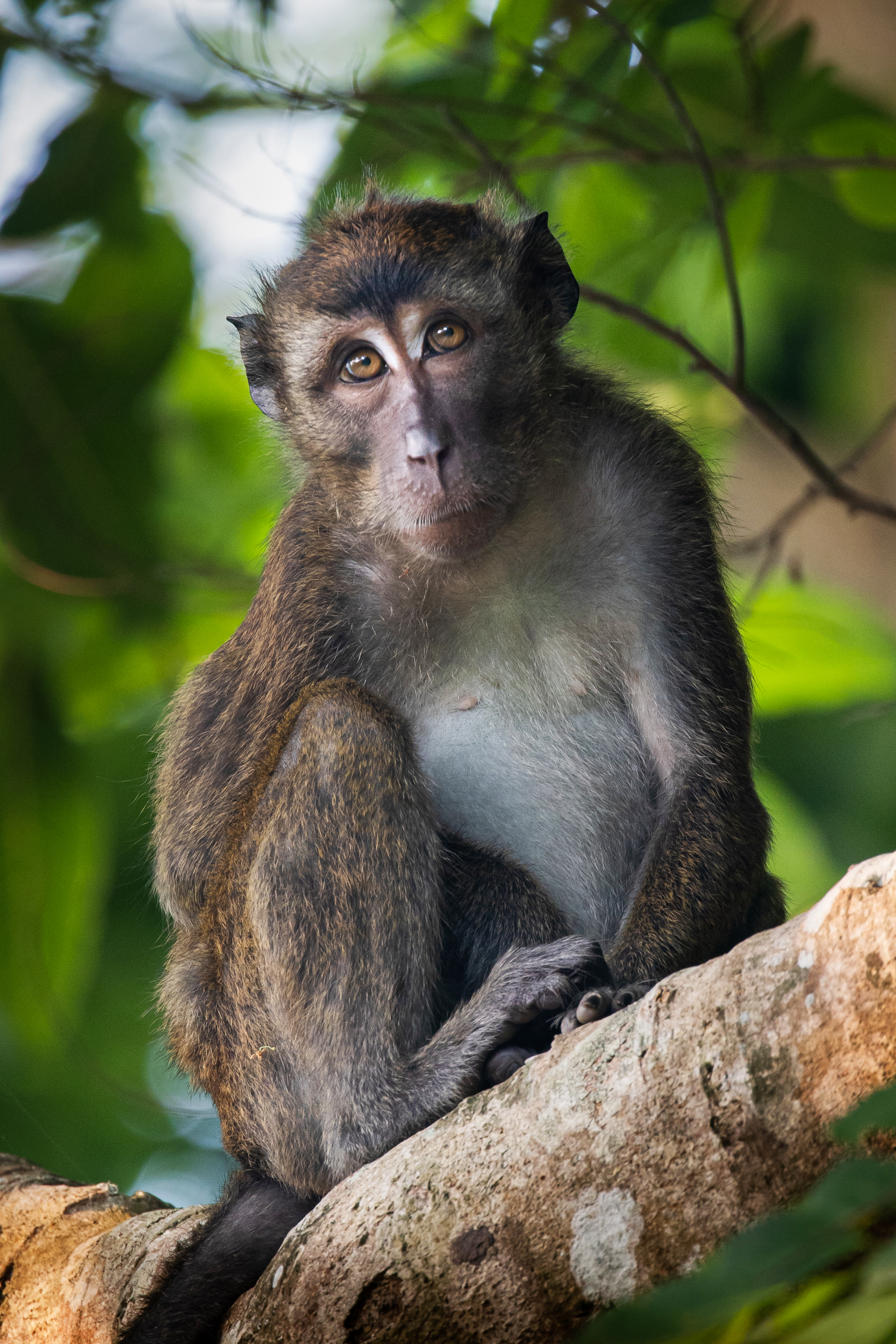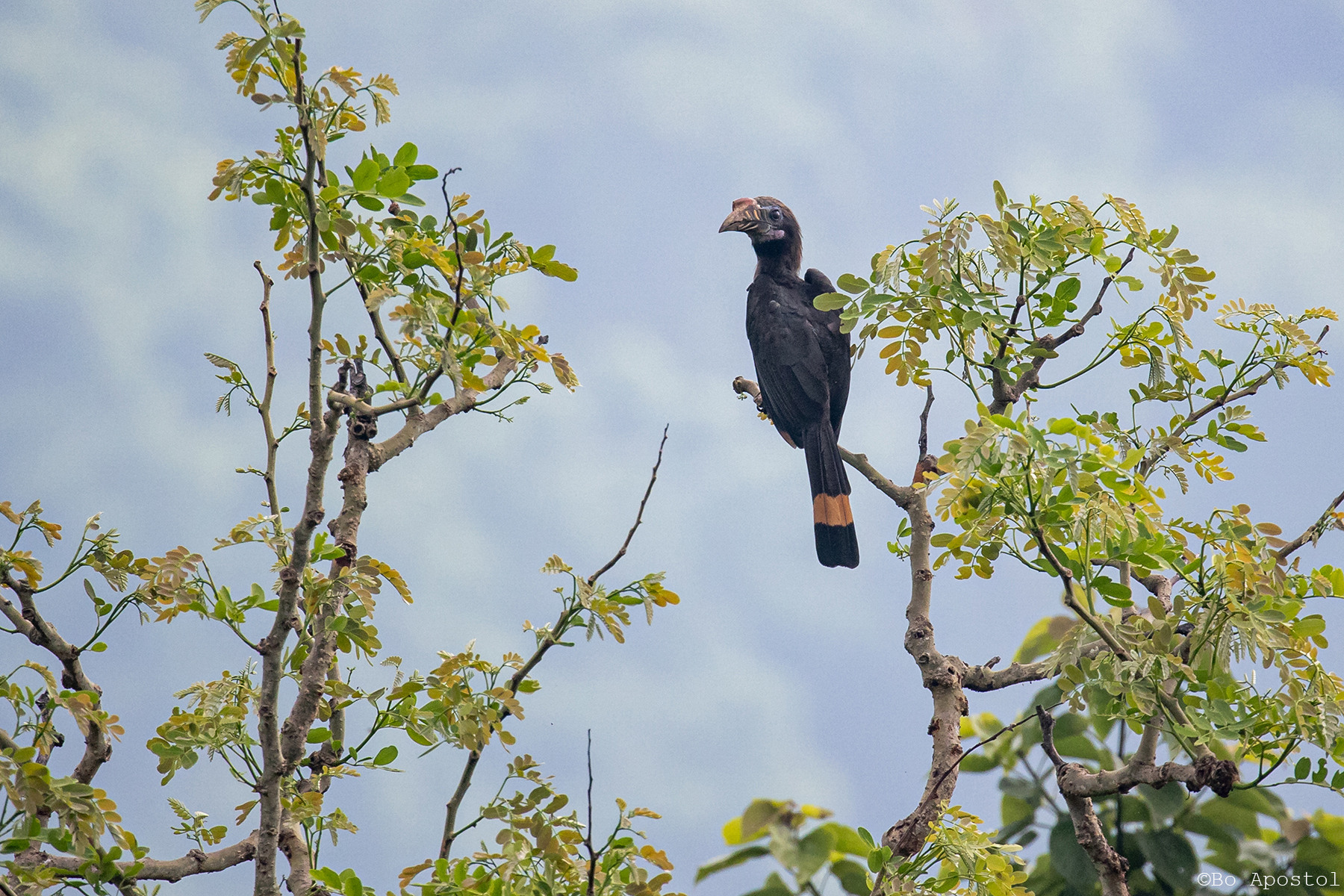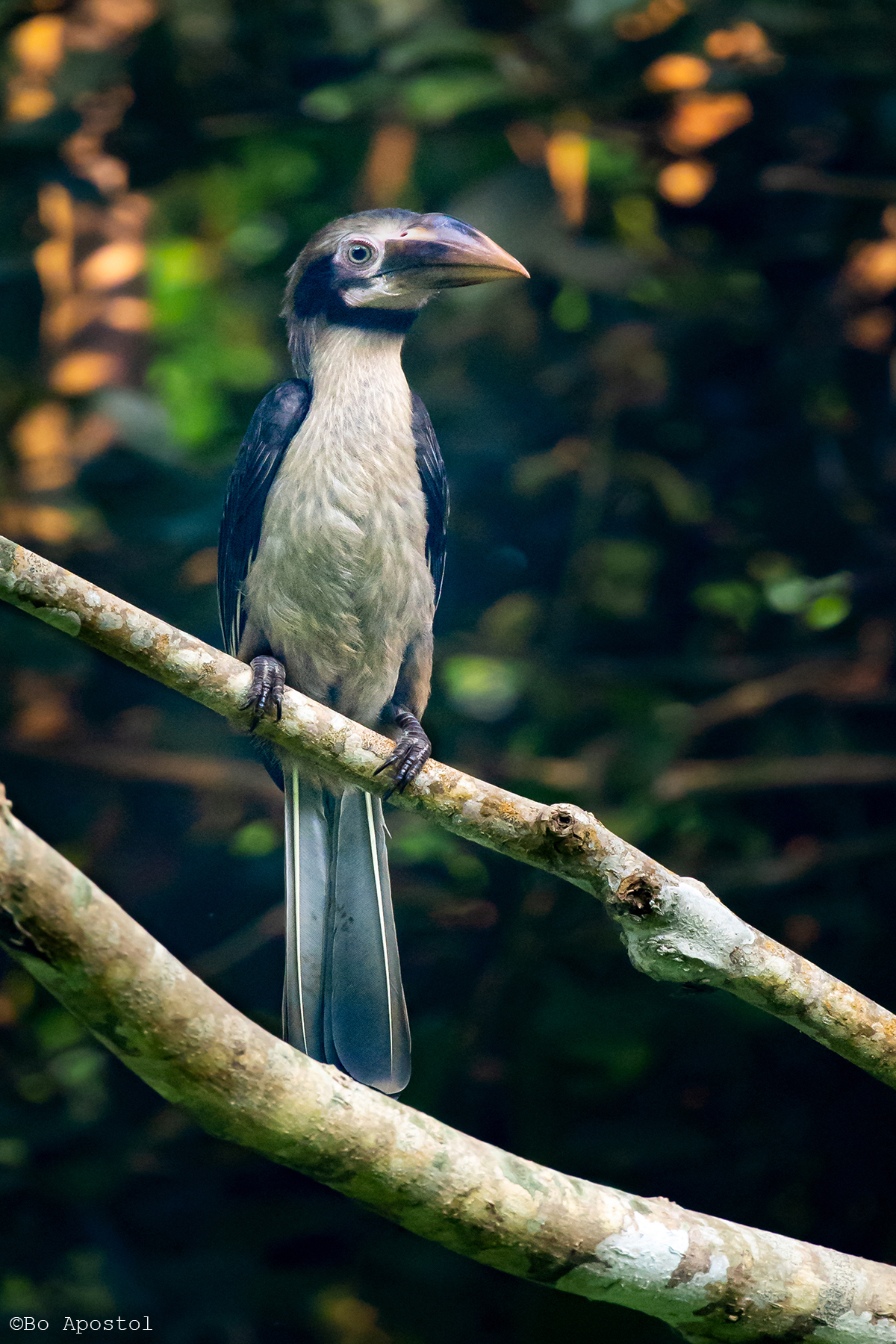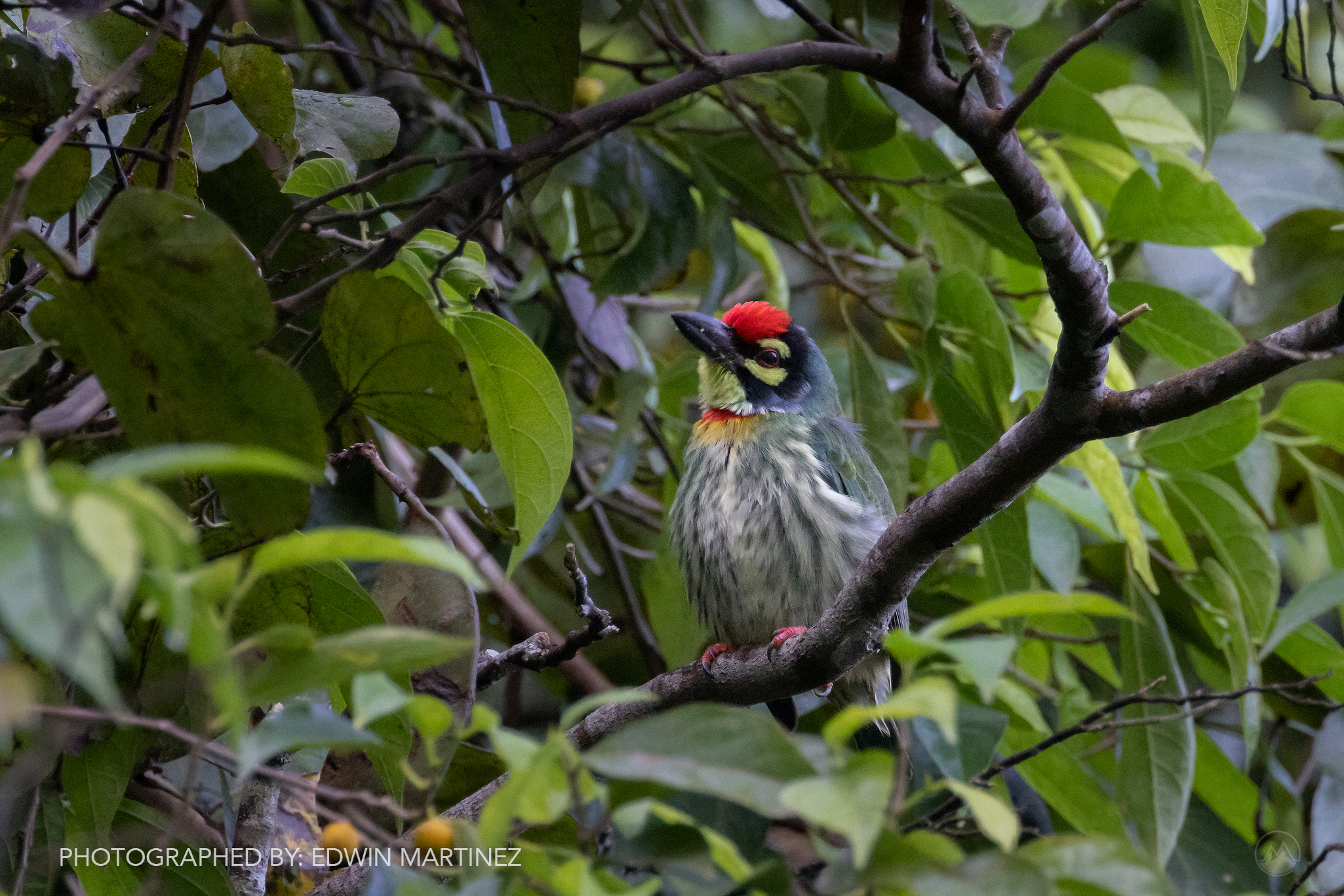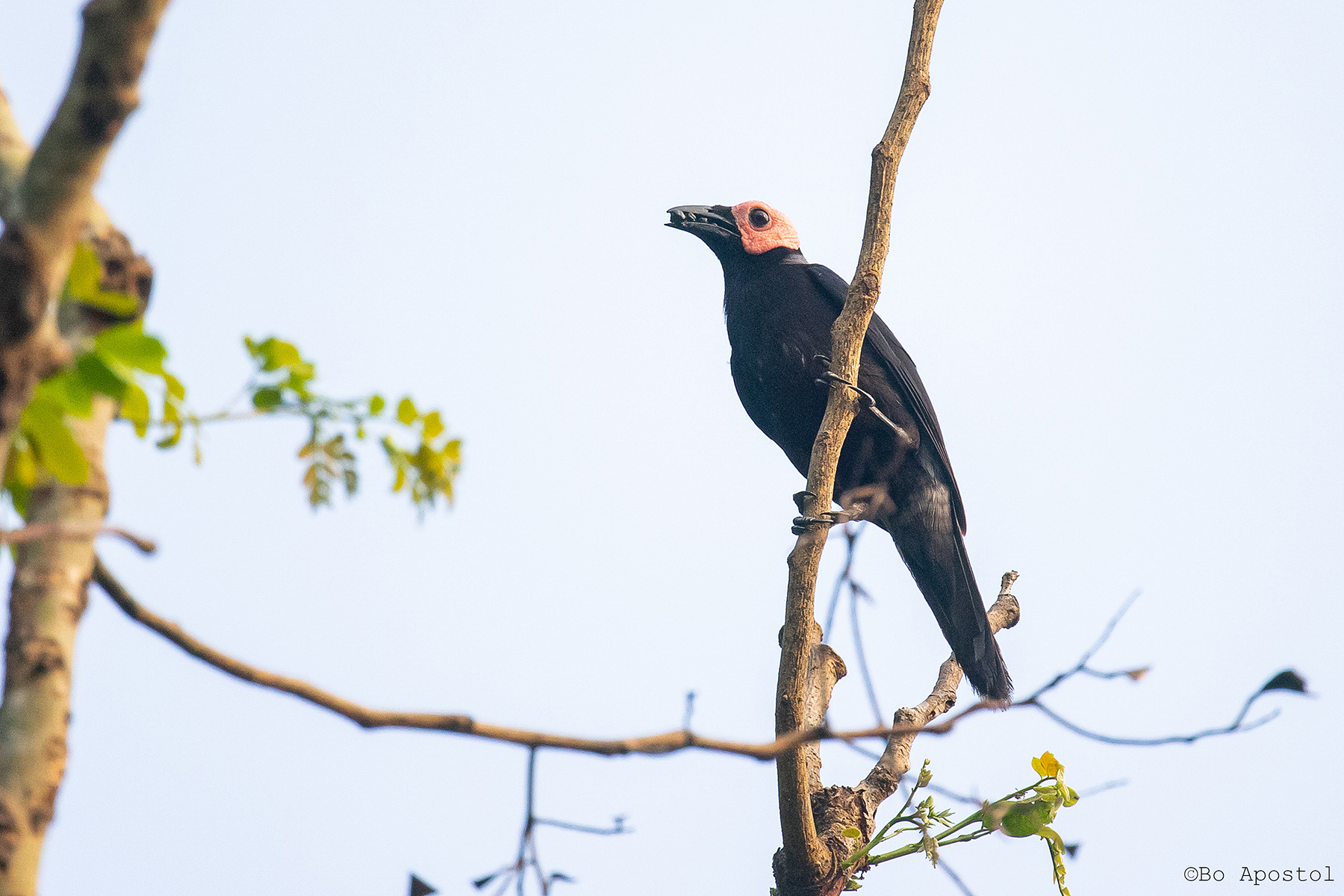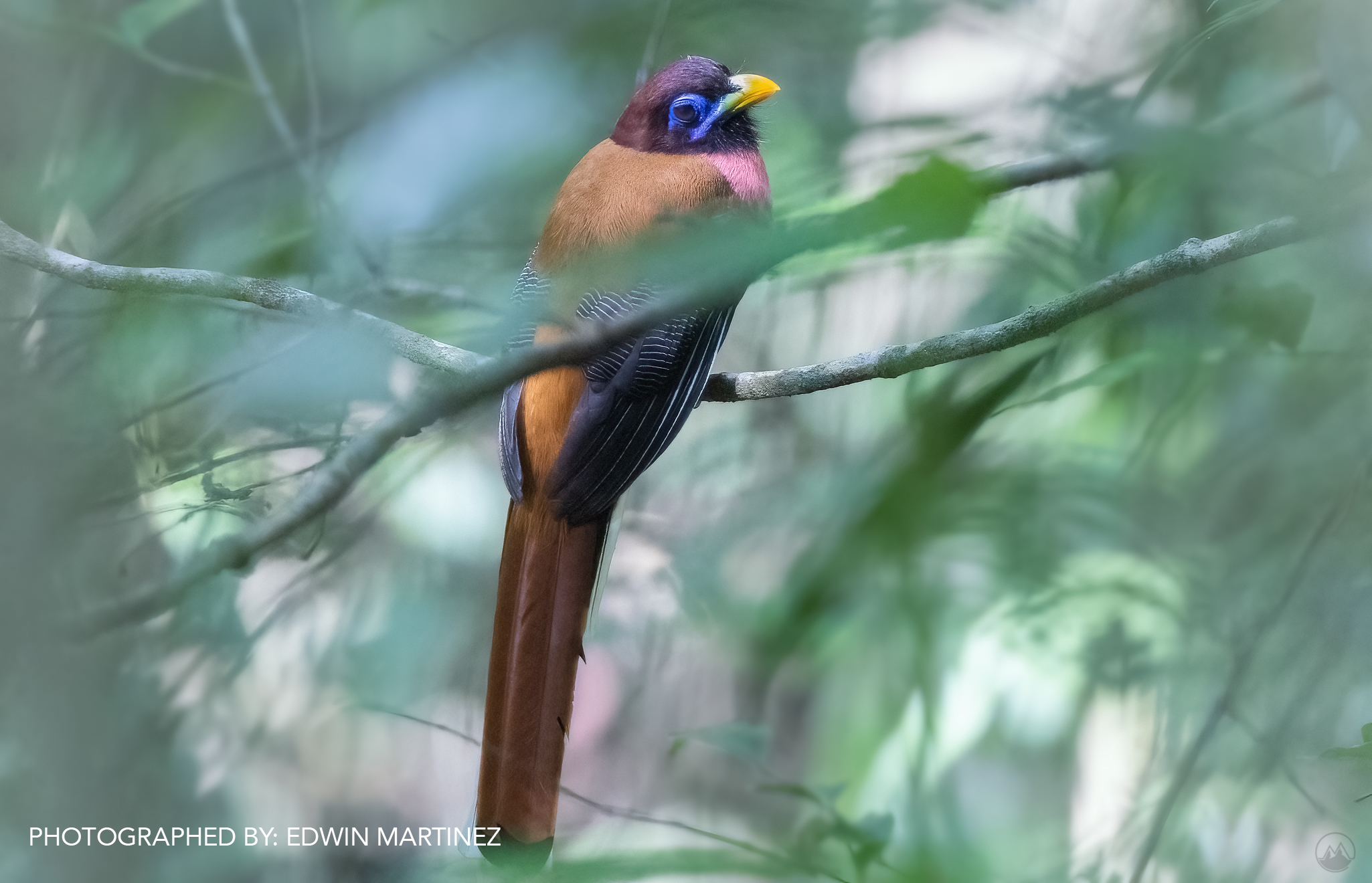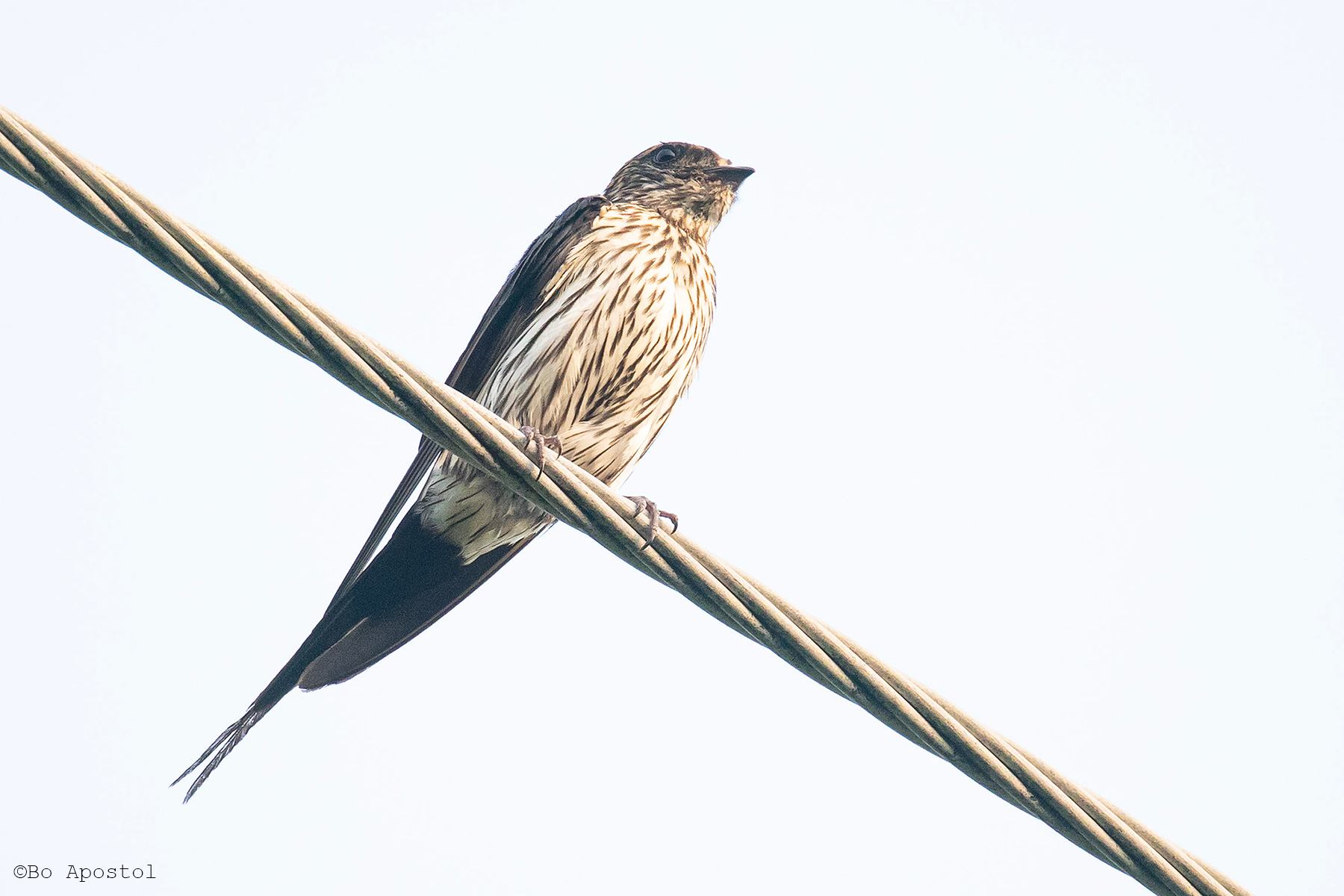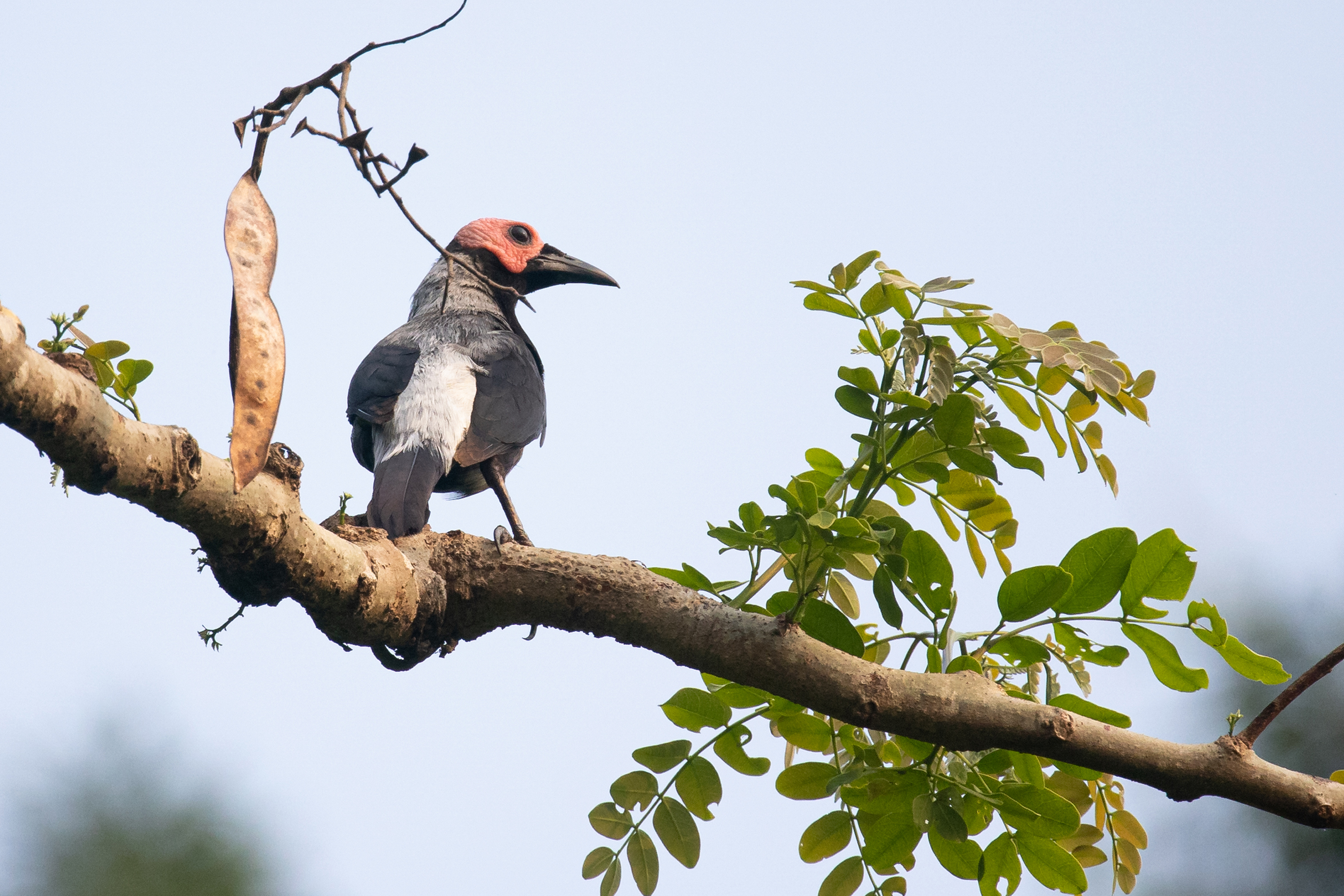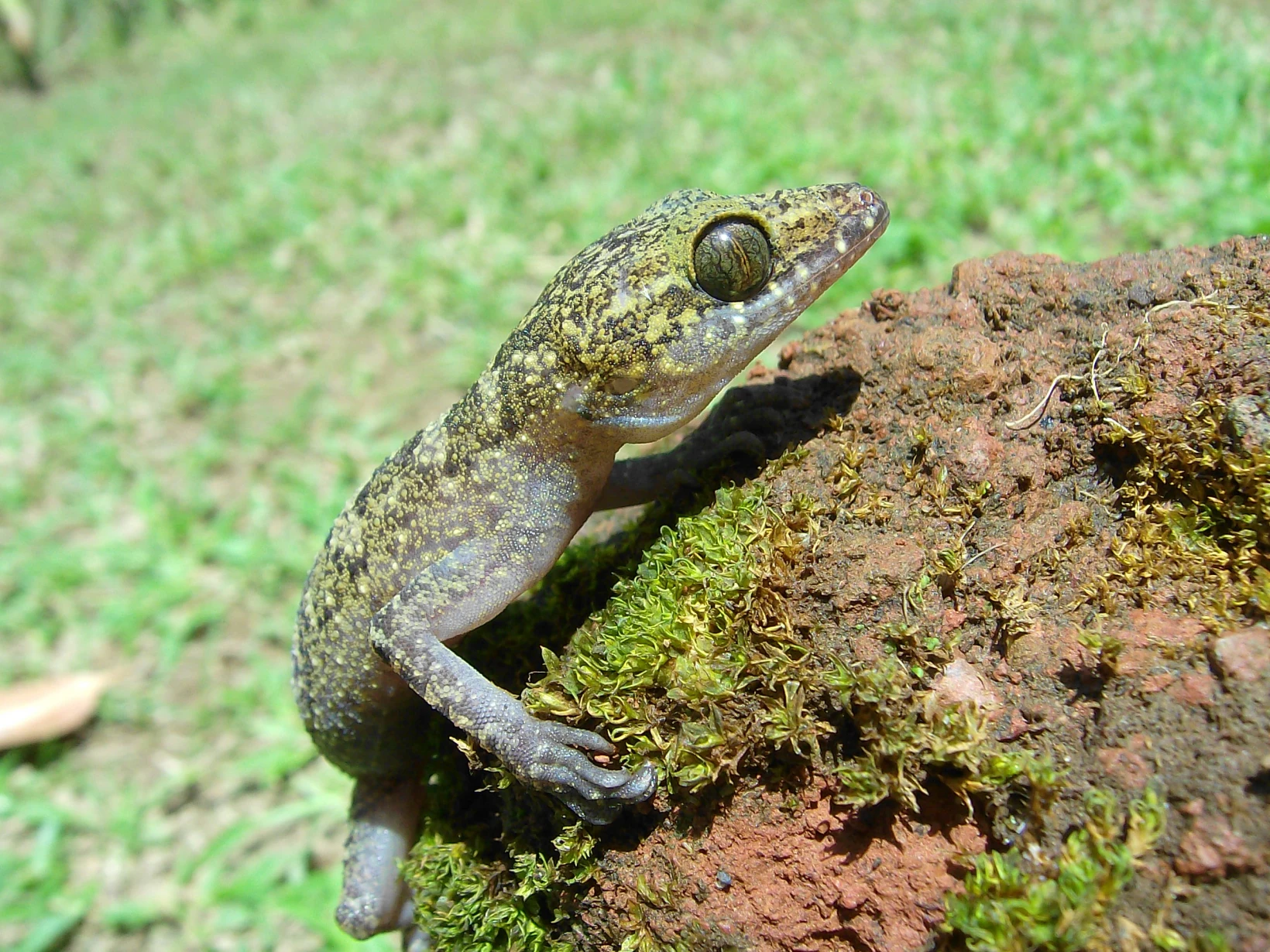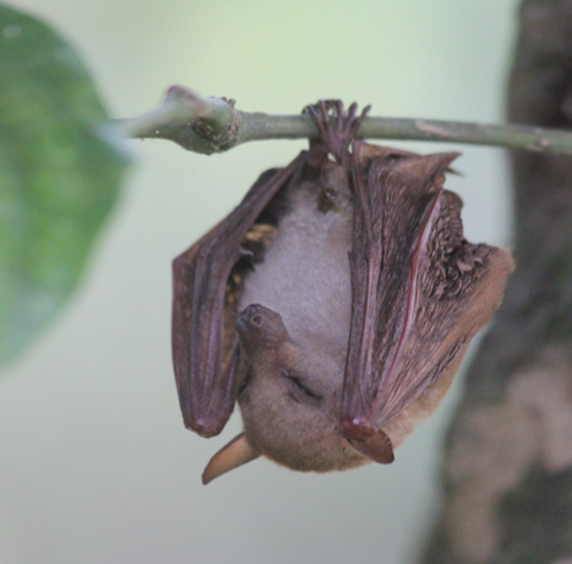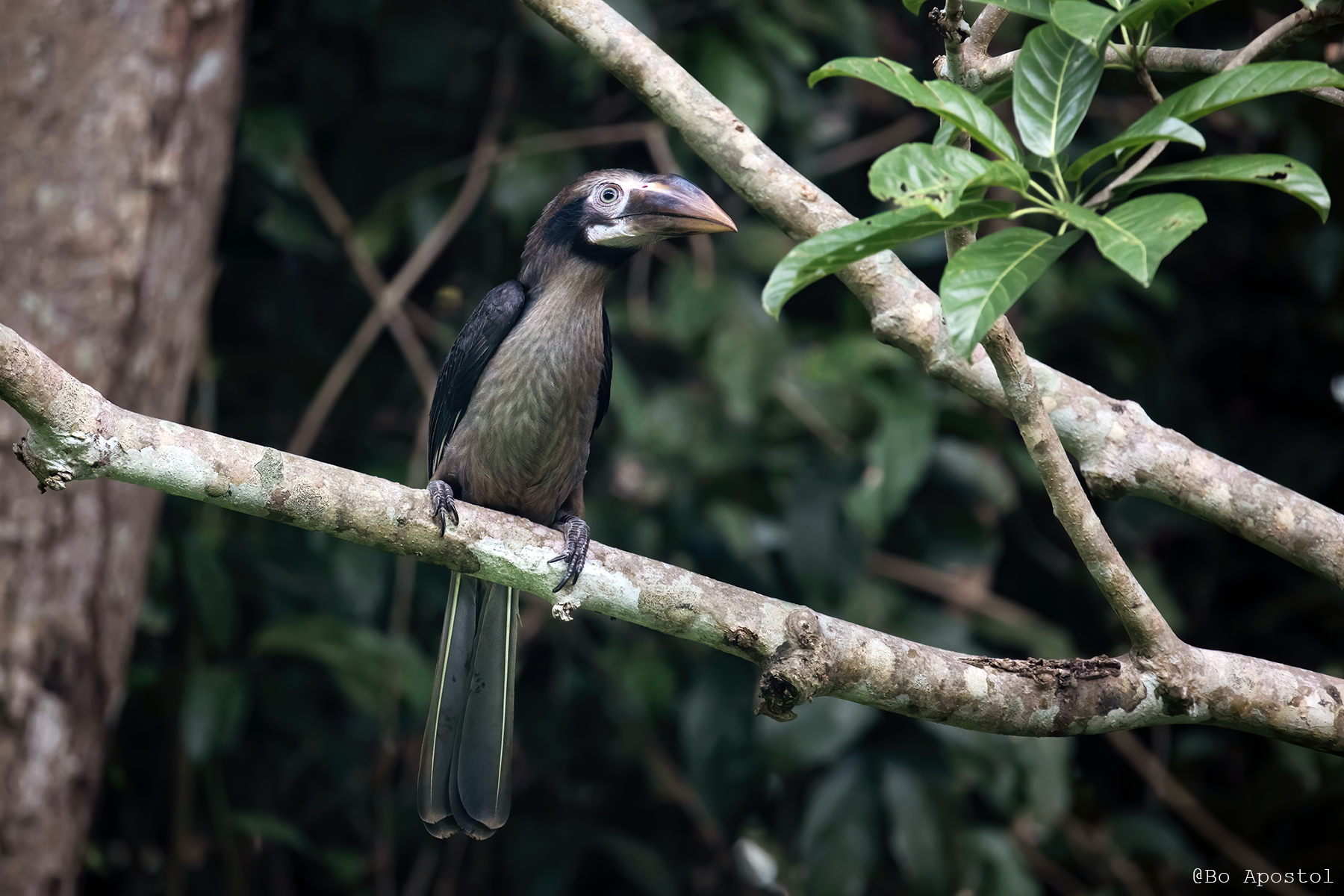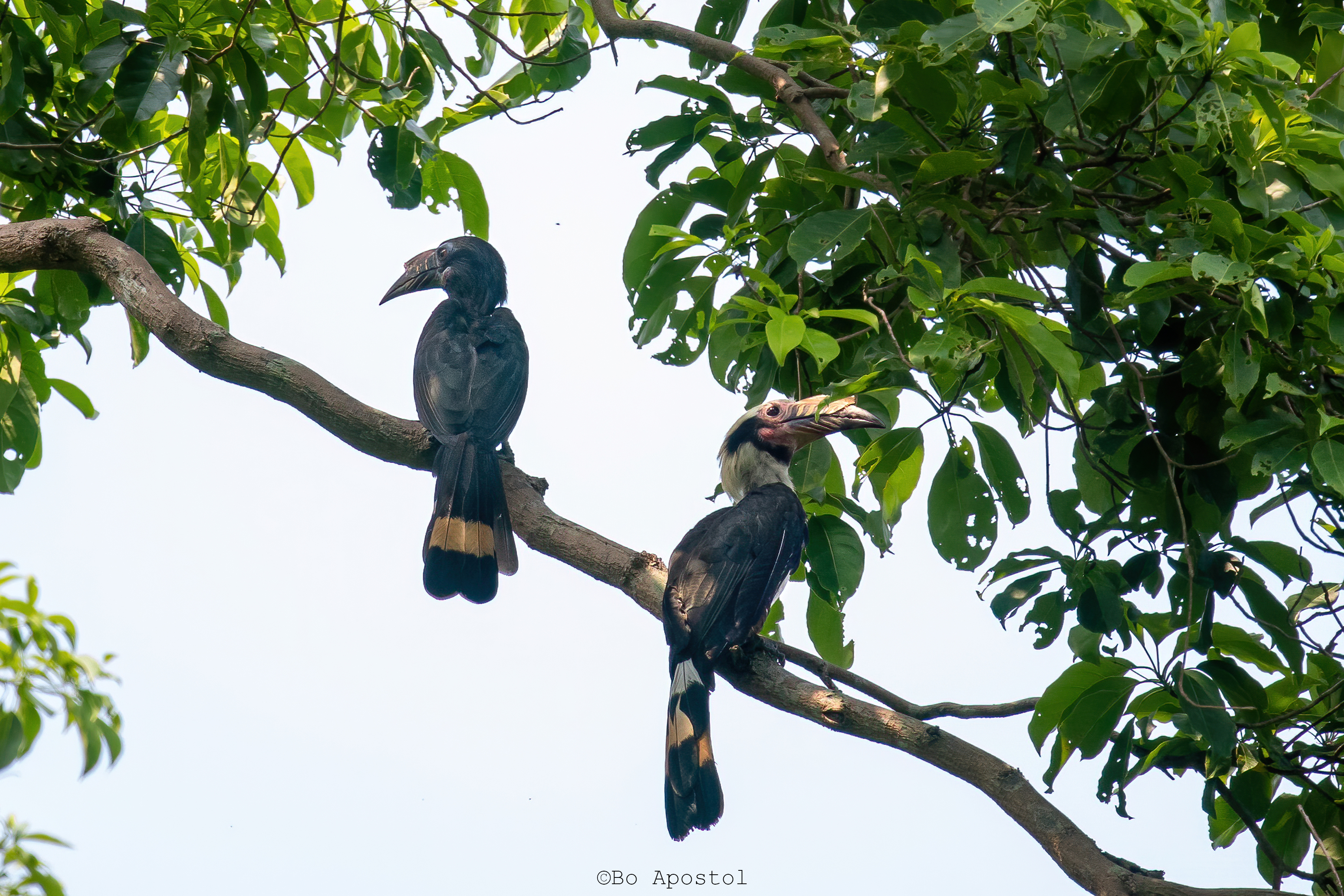Welcome toMPPMNGPL
Background
The Mounts Palay-Palay–Mataas-na-Gulod Protected Landscape (MPPMNGPL) is a 3,972.70-hectare (9,816.75-acre) protected area encompassing the Palay-Palay Mountain Range in Southwestern Luzon island near Manila in the Philippines. It was established on 26 October 1976 as a national park and game refuge and bird sanctuary covering an initial area of 4,000 hectares (9,900 acres).
In 2007 , the national park was designed as a protected landscape area under the National Integrated Protected Areas System through Proclamation No. 1315 signed by President Gloria Arroyo. The park is the last remaining lowland rainforest in the province of Cavite and is well known for Mount Pico de Loro, a popular destination for mountaineers and hikers from Metro Manila.
The Palay-Palay protected landscape area is situated in the mountain range that forms the border between the densely populated province of Cavite and Batangas in the Calabarzon region. It contains parts of the municipalities of Marogondon and Ternate in Cavite and Nasubgu in Batangas and is spread over four barangays namely Sapang, Pinagsanhan, Patungan, and Papaya, and seven sitios, namely Malauyas, Caynipa, Caytako, Cacabay, Magabe, Murangdalig and Hamilo . It is bounded on the north by the coves and beaches of Ternate including Caylabne Bay and Puerto Azul , on the south by the rolling hills and farmlands of Nasugbu , on the west by Limbones Cove , and on the east by rolling plateau of Marogondon.
The mountain range consists of two prominent extinct volcanoes, namely Mount Palay-Palay at 688 metres (2,257 ft) high and Mount Mataas na Gulod, 642 metres (2,106 ft) high. Mount Palay-Palay located in the park’s northern portion , covers 60% of the protected area. A major atttraction in the park is Mount Pico de Loro at the southern portion which was named for the towering formation at its summit which resembles a aparrot’s beak. It is also the highest mountain in Cavite at 688 metres (2,257 ft) where hikers are rewarded with the scenic view of the Manila Bay and its islands and South China Sea, as well as the coves and beaches of Nasugbu including Mounts Batulao and Talamitam. Other notable peaks in the mountain range include Mount Marami, Mount Buntis and Mount Nagpatong where the Filipino revolutionary Andres Bonifacio was executed in 1897.
Significance
The protected landscape is an important bird area having been initially proclaimed a game refuge and bird sanctuary. It is home to a diverse bird species such as the Philippine eagle-owl, Philippine falconet, Philippine hawk-cuckoo, Philippine drongo-cuckoo, Philippine hawk-owl, ashy thrush, brahminy kite, crested serpent eagle, Philippine fairy-bluebird, Philippine trogon, black-chinned fruit dove, island swiftlet, Philippine bulbul, Pacific swallow, Luzon hornbill and Philippine pygmy woodpecker. Mts. Palay-Palay/Mataas na Gulod Protected Landscape also has the presumption of being the major watershed for the province of Cavite. It is the major water source for all the rivers and tributaries that supplies the surrounding municipalities all the way that goes as far as the Manila Bay.
BIODIVERSITY
Notable Species
Flora/Fauna Database
THE PROTECTED AREA SYSTEM
What is a Protected Area?
The Philippine Protected Area System – The Philippines is renowned as one of the countries with the highest biodiversity in the world. As a matter of fact, it has 52,177 described species, half of which are endemic. It is a home for more than 1,130 terrestrial species (49% are endemic) and it has a floral biodiversity of 10,000-14,000 species (more than half are endemic) (DENR-PAWB, n.d.). During the 80s, the effects of deforestation and loss of habitat were already evident due to the major exportation of timber. Industrialization and continuous unwise use of resources threatened the country’s ecological balance. Due to this, although the country has many endemic species, some of these life forms are critically endangered such as the infamous Philippine eagle, Philippine crocodile, and tamaraw (DENR-PAWB, n.d.).
To conserve the environment and protect the country’s biodiversity, efforts were made to ratify the constitution and to formulate new laws to prevent environmental degradation (Viña et al., 2010). In 1987, the Philippine Strategy for Sustainable Development was drafted by the Department of Environmental and Natural Resources (DENR) with the aim of achieving sustainable development. To attain this goal, the integrated protected areas system was formulated (Philippine Government, 1989). This advocacy received funding from different international organizations and later on, a bill regarding protected areas was presented to the Congress in 1991. In 1992, this bill was signed into law by President Aquino as the NIPAS act.
The NIPAS act
The NIPAS act of 1992 – Also referred to as RA 7586, primarily aims to secure for the Filipino people of present and future generations the perpetual existence of all native plants and animals through the establishment of a comprehensive system of integrated protected areas within the classification of national park as provided for in the Constitution. The National Integrated Protected Areas System refers to “the classification and administration of all designated protected areas to maintain essential ecological processes and life support systems, to preserve genetic diversity, to ensure sustainable use of resources found therein, and to maintain their natural conditions to the greatest extent possible”. The NIPAS act covers all protected areas whether terrestrial, coastal or marine. Since 1992, a total of 234 protected areas covering 5.23 million hectares and 22 million hectares buffer zone were governed under the NIPAS Act (DEBR, 2009). As an act of congress, the NIPAS act of 1992 was amended to ENIPAS Law of 2018 (RA 11038, signed June 22, 2018).


